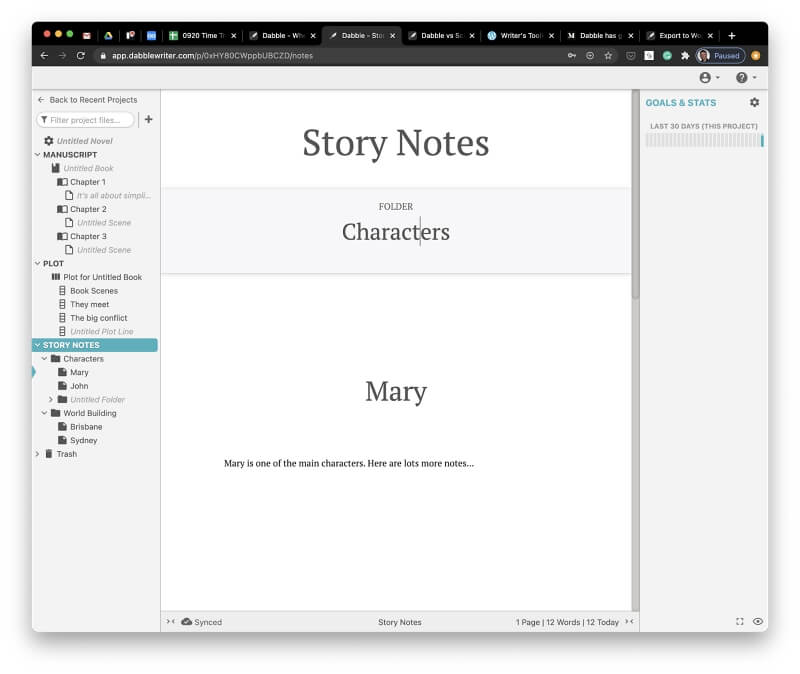

It’s not a word processor, it is a research organizer, storyboarder, time capsule, outliner, character profile maker, place profile maker, note taker, scene organizer, OMGLOOKWHATIWASMISSINGTHISWHOLETIME thing. Many authors are happy with Microsoft Word, Google Docs, Evernote, or OneNote, but Scrivener is a different beast altogether. My readers are also engaged with this resulting draft.

Nothing beats a real editor, and I still intend to use one, but this process has increased my chances of getting an agent and not paying as much for editing (if I go self-pub). “Juice” is not a good substitute for “blood.” They can only do so much with their programming. ProWriting Aid has little mistakes and so does Grammarly. During this process, I learned so much about the way I use words and I highly suggest using this editing tool and the other ones from that blog post. I should probably pay for the service so I can paste the whole thing in, but I prefer to torture myself. Remember my post on self-editing? It doesn’t take as much time to write a blog post as it does to edit 500 words.Īfter addressing character strengths and weaknesses, plot challenges, chapter and paragraph level tension, cutting the fluff, etc., I took my draft to ProWriting Aid 500 words at a time. I suppose I should put Bandaids over my juicy paper cuts.


 0 kommentar(er)
0 kommentar(er)
